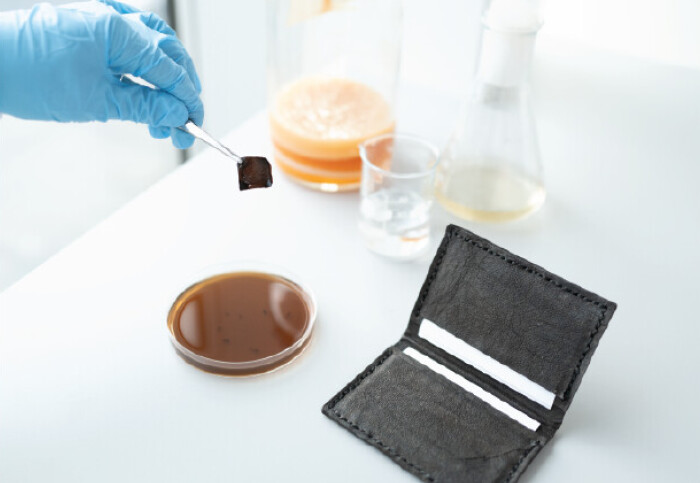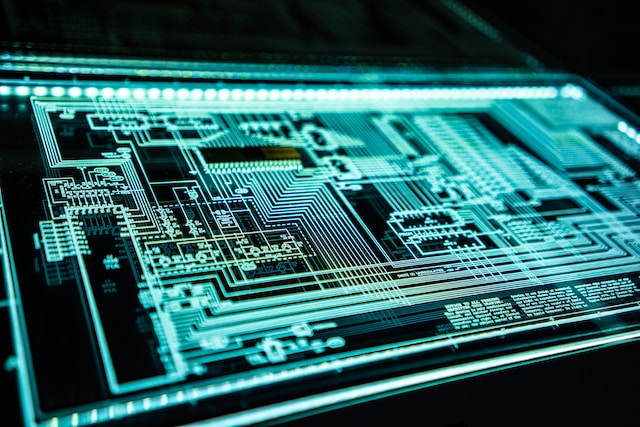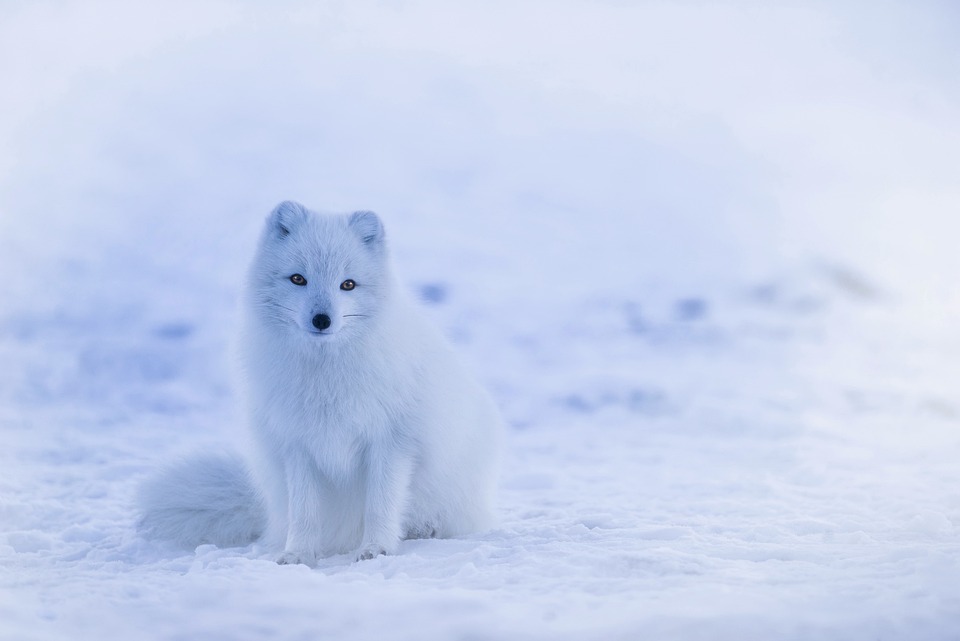Innovating Leather Production with Bacteria
Leather, long coveted for its durability and style, comes with a hidden cost. Its production inflicts a massive environmental toll, from deforestation for cattle ranching to the use of toxic chemicals in tanning. However, a promising development from Imperial College London offers a glimpse into a more sustainable future for fashion.
How Bacteria Self-Color Leather Without Harmful Chemicals
Researchers at Imperial College London have achieved a significant breakthrough in sustainable fashion. They’ve successfully engineered bacteria to produce animal- and plastic-free leather that self-colors during growth. This innovation eliminates the need for harmful chemical dyes, a major source of pollution in traditional leather processing.
Crafting Tomorrow’s Leather with Science
This bio-based leather alternative is derived from microbial cellulose, a strong and flexible material produced by bacteria. The researchers genetically modified the bacteria to introduce pigment production alongside material growth, eliminating the need for a separate dyeing step and reducing environmental impact.
Fashioning a Sustainable Future
Currently, the researchers are exploring techniques to induce bacteria to generate pigments in various colors. They’ve successfully engineered another bacterial strain capable of producing colored pigments under blue light exposure. This innovation enables the creation of logos or designs on a sheet of bacterial cellulose simply by projecting a blue light pattern onto the material.
This new method holds promise for the future of fashion. The researchers have even collaborated with designers to create a prototype shoe upper, showcasing the material’s potential for real-world applications. This technology could pave the way for a more sustainable and ethical fashion industry.”







